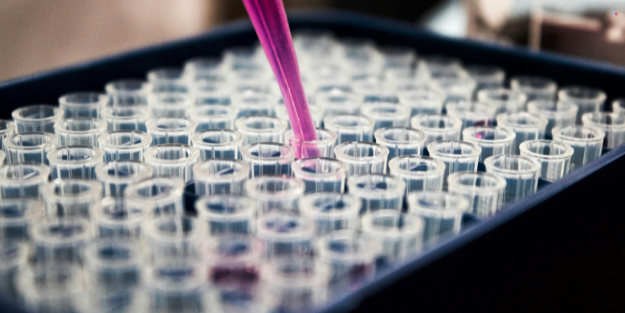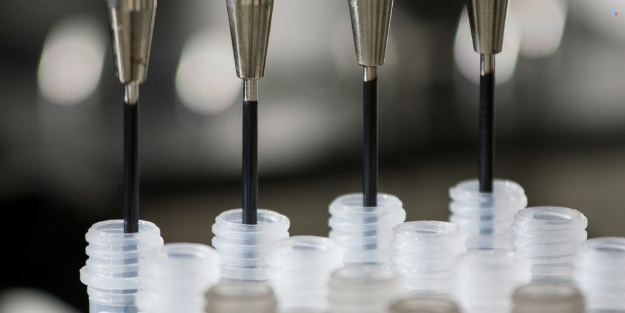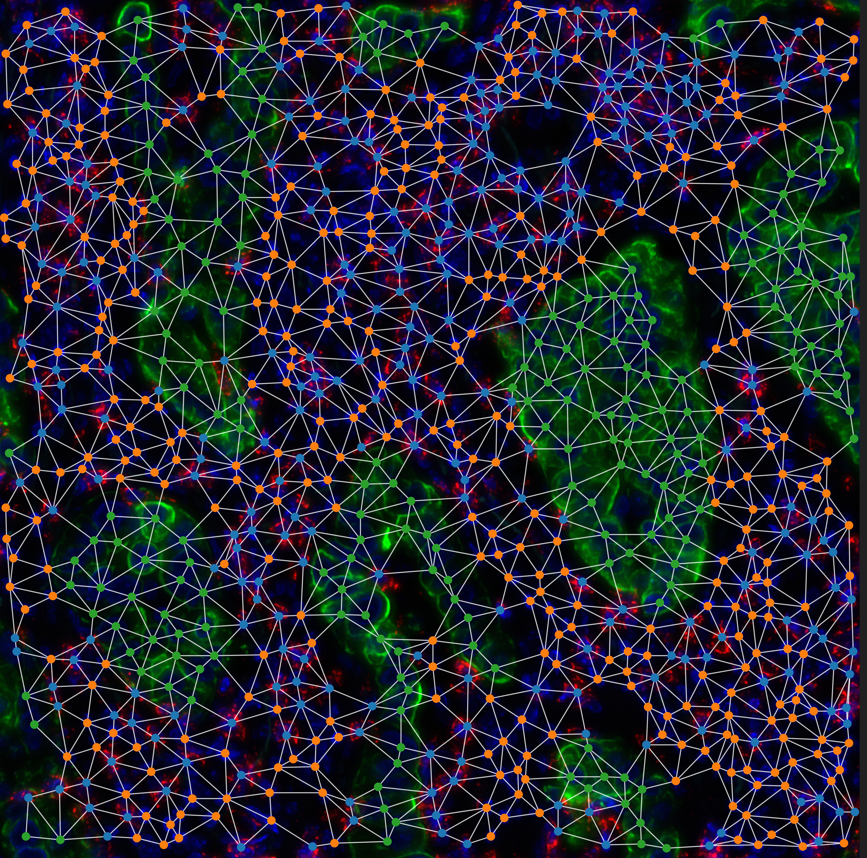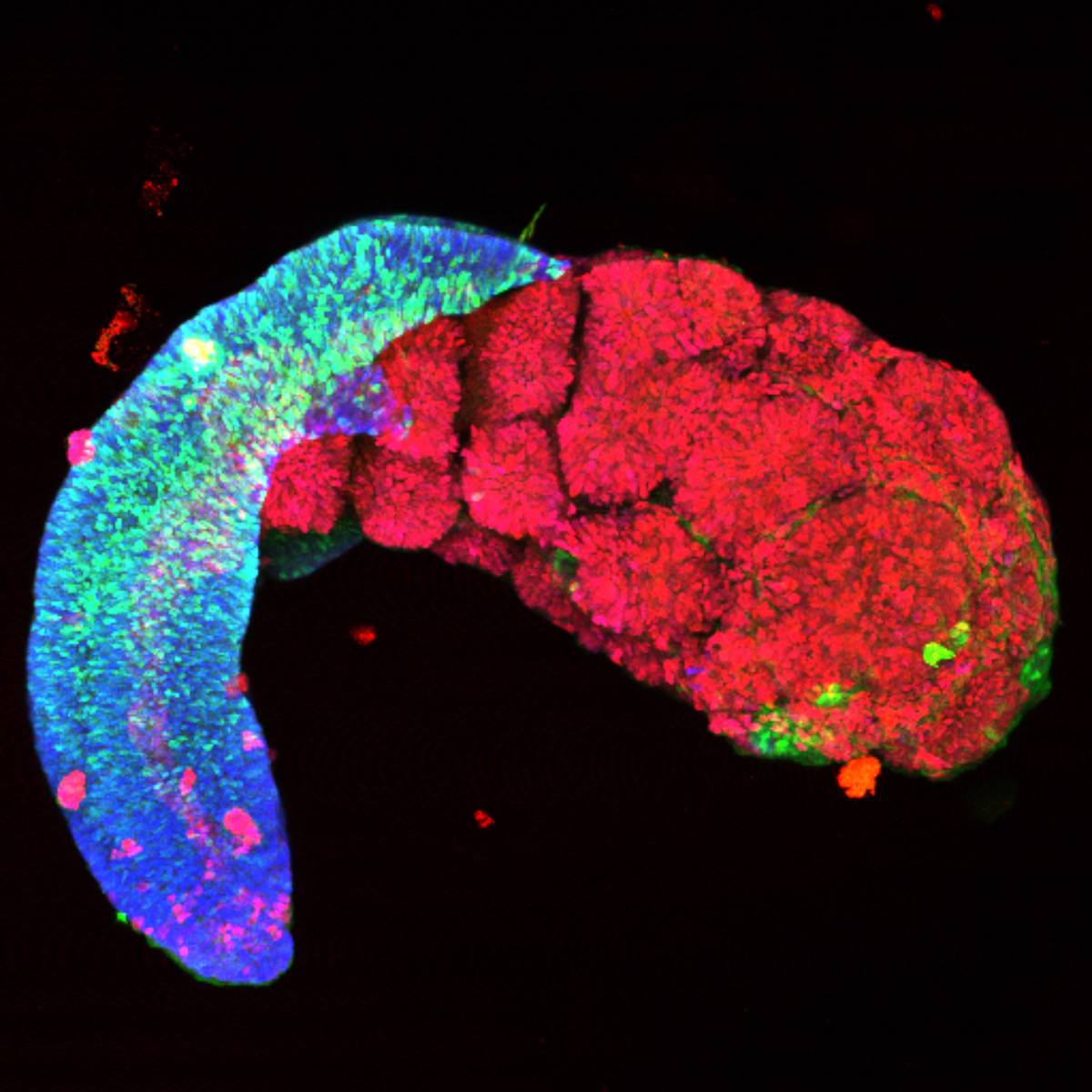
Cell Context
Challenge: Access to the identity of individual cells in their original spatial context
Overview
The Cell Context project develops innovative spatial and unicellular multi-omics approaches to study normal neurocerebral development and pediatric brain tumors. These technologies make it possible to analyze genetic, epigenetic and protein variations at the scale of a single cell, while maintaining the spatial organization of the tissues.
Giacomo Cavalli, head of the “3D genome folding, function of Polycomb and Trithorax proteins in epigenetic heritance” team at the Institute of Human Genetics.
Marcelo Nollmann, head of the “Mechanisms of DNA segregation and remodelling” team at the Structural Biology Centre of the CNRS and Inserm.
Analysis of genomic changes in each cell of a tissue during differentiation.

Key Objectives
- Characterize cellular diversity in normal and pathological tissues, combining long-read sequencing and spatial imaging.
- Exploring the epigenomic evolution of tumor cells to identify the initial alterations associated with the formation of pediatric brain tumors.
- Mapping the integrity of the genome in relation to transcriptional activity by studying DNA damage in neural development models.
Key actions
Multi-omic single cell:
- RNA isoform sequencing and epigenome analysis at the single-cell level.
- Study of genome integrity in cerebral organoids derived from pediatric cancer patients.
High-resolution space imagery:
- Development of 3D imaging technologies to visualize RNA, DNA and proteins simultaneously.
- Tracing of cell lines and cell state transitions within tissues.
- Dynamic analysis of cells in real time in living models (organoids and animal tissues).
Single-cell proteomics:
- In-depth analysis of the proteome of individual cells to identify cell line dysfunctions and intratumoral heterogeneity.
- Integration of transcriptomic and proteomic data to better understand the origin of brain tumors and discover new therapeutic targets.
Expected results
- Development of cutting-edge technologies for cell biology research.
- Improvement of diagnostic tools and patient stratification in the context of clinical trials.
- Sharing of resources and data with the scientific community to democratize single-cell multi-omics technologies.
Thanks to its integrated approaches, Cell-ID aims to better understand how cellular deregulation can disrupt normal development processes and lead to the appearance of tumors, thus paving the way for new interception medicine strategies.
Les autres projets PEPR


